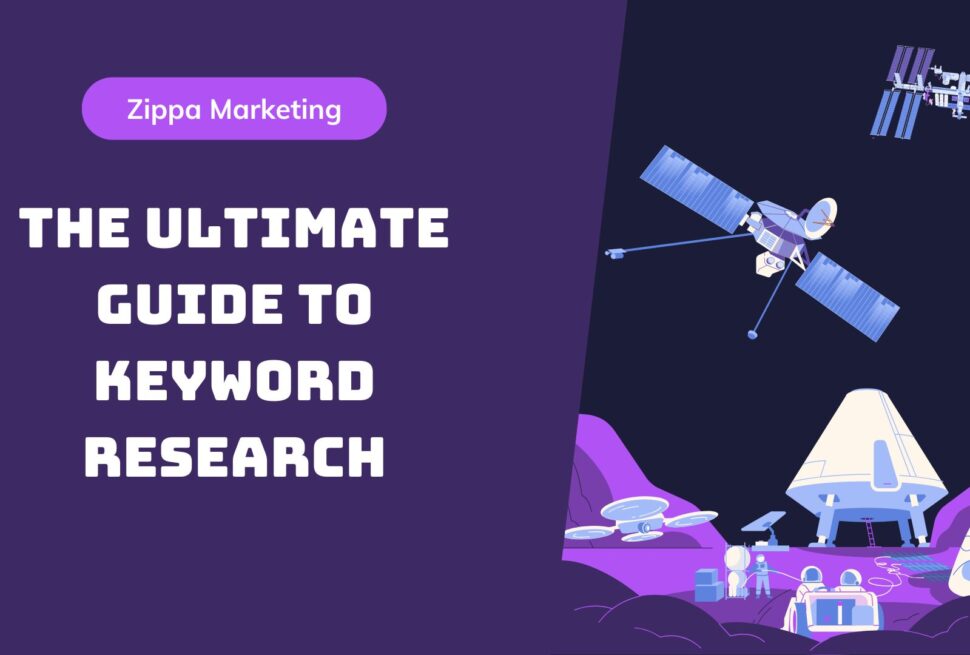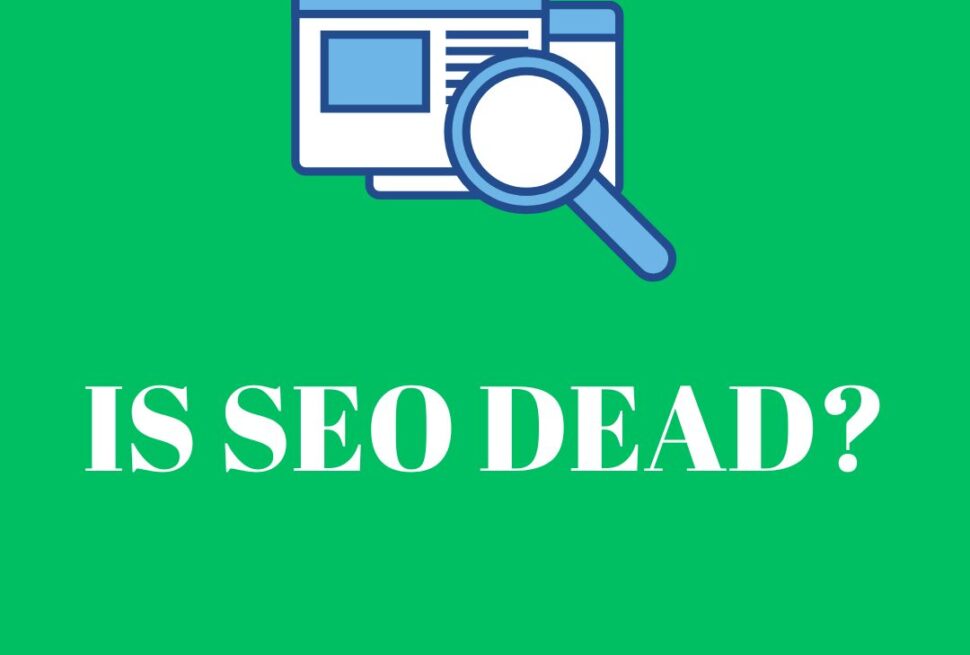
Starting seems more challenging than making progress. Looking at your full tourism marketing plan makes you feel nervous yet when you divide it into smaller parts it becomes simpler than you expect. A tourism marketing plan helps you achieve visitor growth and grow your business income whether you refresh existing strategies or build new ones. We will examine five tested techniques that help you make a successful tourism marketing strategy.
How To Create A Winning Tourism Marketing Plan
A tourism marketing plan becomes necessary for travel businesses to succeed amid market competition. Great ideas need a specific marketing design to reach the right people.
Lesley Rowbal, Destination Strategy Director at Madden Media, emphasizes the importance of a cohesive strategy, stating, “A lot of people think marketing is just magic, bells, and whistles.”
To develop it follow this basic setup.
1. Define Your Objectives
Begin with your plan’s tourism marketing plan to organize your approach. Do you want to attract more guests while making your brand more visible to create fresh markets? Setting market goals aligns your approach with targeted success measurements. Use SMART (Specific, Measurable, Achievable, Relevant, Time-bound) goals to make your plan actionable.
Leisure travel represents 69.8% of overall travel and tourism spending in the United States.
For example:
- Boost our website reservations through online sales by 25% during the next half year.
- We will boost social media participation levels by 30 percent during the next three months.
- During the next year our plan seeks to gain 500 new email subscribers through our newsletter.
2. Identify Your Target Audience
Understanding your target market audience forms the basic element of every travel marketing strategy. Research your marketplace to gather details about who buys from you and how they use your services.
According to a TripAdvisor survey, 75% of respondents believe that online reviews are “extremely or very important” when planning their next vacation.
Consider the following:
- Which age range do you mean to reach as your target?
- What type of accommodation do they prefer – simple spending or extravagant comfort?
- Their main reason for travel rests between seeking adventure, rest or exploring new cultures
Your company can discover important market hints by studying customer records from past bookings and their online presence. Use the study results to build complete buyer profiles that drive content creation and promotional activities.

3. Research Your Competition
A successful tourism marketing plan depends on how well it works with other aspects of any marketing plan. Study how your competitors approach their business to select best practices.
In 2024, ad expenditure in the travel and tourism industry is predicted to double from 2022, reaching over $8 billion, a 14.3% rise over 2023.
Find out what they do well and what they do poorly by reviewing these details
– Website content and SEO practices
– Social media presence and engagement
– Customer reviews and feedback
– Pricing and promotional strategies
Come up with a distinct travel marketing strategy based on the strengths and weaknesses of your business compared to what makes your competitors successful.
4. Choose Your Marketing Channels
Every business requires different channels to reach its target audience effectively. Create a marketing blueprint with online and offline techniques that reach the locations where your target customers hang out.
Your top marketing choices include:
– Social Media Marketing
Your travel business needs social media networks Facebook and Instagram to share photos of tourist attractions.
– Email Marketing
Send regular email updates to your customers to maintain connections and stay in their thoughts.
– Content Marketing
Publishing content helps SEO performance and naturally draws in new website visitors.
– Paid Advertising
You can select target customer groups through Google Ads and social media ads for better results.
– Partnerships And Collaborations
Team up with tourism insiders or join forces with tourism companies to spread your online presence wider.
5. Content Calender
Regularly posting content helps maintain interest with your audience. Create a schedule that shows which content materials you will publish at what times to keep your audience interested.
Include:
– Social media posts
– Blog articles
– Email newsletters
– Seasonal promotions and holiday campaigns
You need to organize your work in advance to control your tourism marketing outcomes.

The Importance Of A Tourism Marketing Plan
A strong tourism marketing plan becomes necessary for reaching success. It serves as your leadership guidance to guide resource usage and maintain team focus on predefined goals.
– Avoiding Wasted Resources With Strategic Planning
Many tourism marketers waste money on digital platforms that do not produce results. A well-crafted travel marketing strategy helps you pinpoint where to focus your efforts, saving both time and money. Your precise strategy allows you to select winning activities using actual measurements to achieve better results.
– Ensuring All Team Members Are Aligned
The documented plan helps everyone know what they have to do. Every team member plays a part in advancing common objectives defined by digital marketing strategy. When departments work together using this plan they deliver more productive results and keep their brand message steady.
Step-By-Step Guide To Building A Plan
To develop a tourism marketing plan you must establish a clear method of work.
To create your plan start with these steps:
– Understanding Your Audience Through Market Research
The base of your marketing blueprint is market research. Use both feedback information and online media metrics plus survey responses to understand your target group better. Use the details you have about your target audience to create content they will appreciate.
– What Sets You Apart? Competitive Analysis
Understanding competitive activity shows you effective methods as well as failed strategies. Study their win-win results and their marketing errors. Based on this information, create a travel marketing strategy that shows why customers should choose your services.
Invest wisely by setting a clear budget for each marketing channel. Compare past performance and prioritize platforms that delivered maximum returns on investment. Your investment will produce the most effective results through strategic budget distribution in order to avoid unnecessary spending.
Setting SMART Goals For Your Plan
The SMART goals system enables your tourism marketing plan to develop trackable metrics to monitor development.

For example:
- A three-month strategy will drive website traffic to increase by 20% throughout the period.
- These social media followers should grow by 15% in only six weeks of time.
- The marketing team should produce at least 100 fresh leads through their monthly email marketing initiatives.
Tools For Goal Tracking
Track your progress with Google Analytics and HubSpot analytics tools and other similar applications. Monitoring KPIs from your travel marketing strategy through dashboards enables continuous monitoring to manage adjustments.
Reviewing and Adjusting Your Plan
A tourism marketing plan lives as a working document which needs continuous updates instead of being a single project creation. You should check your performance data frequently to identify both your successful and unsuccessful elements.

Analyzing Results and Adapting Strategies
Compare your outcomes with your SMART goals. Your goals appear achievable at this moment but do you believe they can be improved? You should adjust your plans immediately whenever your current strategies do not produce sufficient results. Having flexibility becomes essential for building momentum which produces enduring long-term results.
Conclusion
The creation of an effective tourism marketing plan demands extensive effort but structured implementation makes this task possible to manage. Your travel marketing strategy will achieve success through goal setting along with audience understanding coupled with competitor research and channel selection. Scheduled assessments of your marketing plan support your competitiveness against industry competitors.
Get your marketing plan initiative started by using our free template which you can access now.
Frequently Asked Questions
1. How Do I Create An Effective Tourism Marketing Plan?
To develop an efficient tourism marketing strategy, begin by analyzing your target audience’s preferences. Create a clear marketing blueprint that includes your goals, budget, and methods for social media campaigns and content marketing. To achieve success, keep track of your progress on a regular basis.
2. What Are Some Essential Travel Marketing Strategies To Include?
Include tactics like content development, social media participation, influencer connections, and local collaborations. A robust marketing blueprint can assist link these techniques with your overall tourism marketing plan, guaranteeing a consistent and effective approach.
3. How Can I Measure The Success Of My Tourism Marketing Plan?
Success can be measured by tracking key performance indicators (KPIs) such as website traffic, social media engagement, and booking conversions. To maximize results, examine your marketing strategy on a regular basis and make any adjustments.



